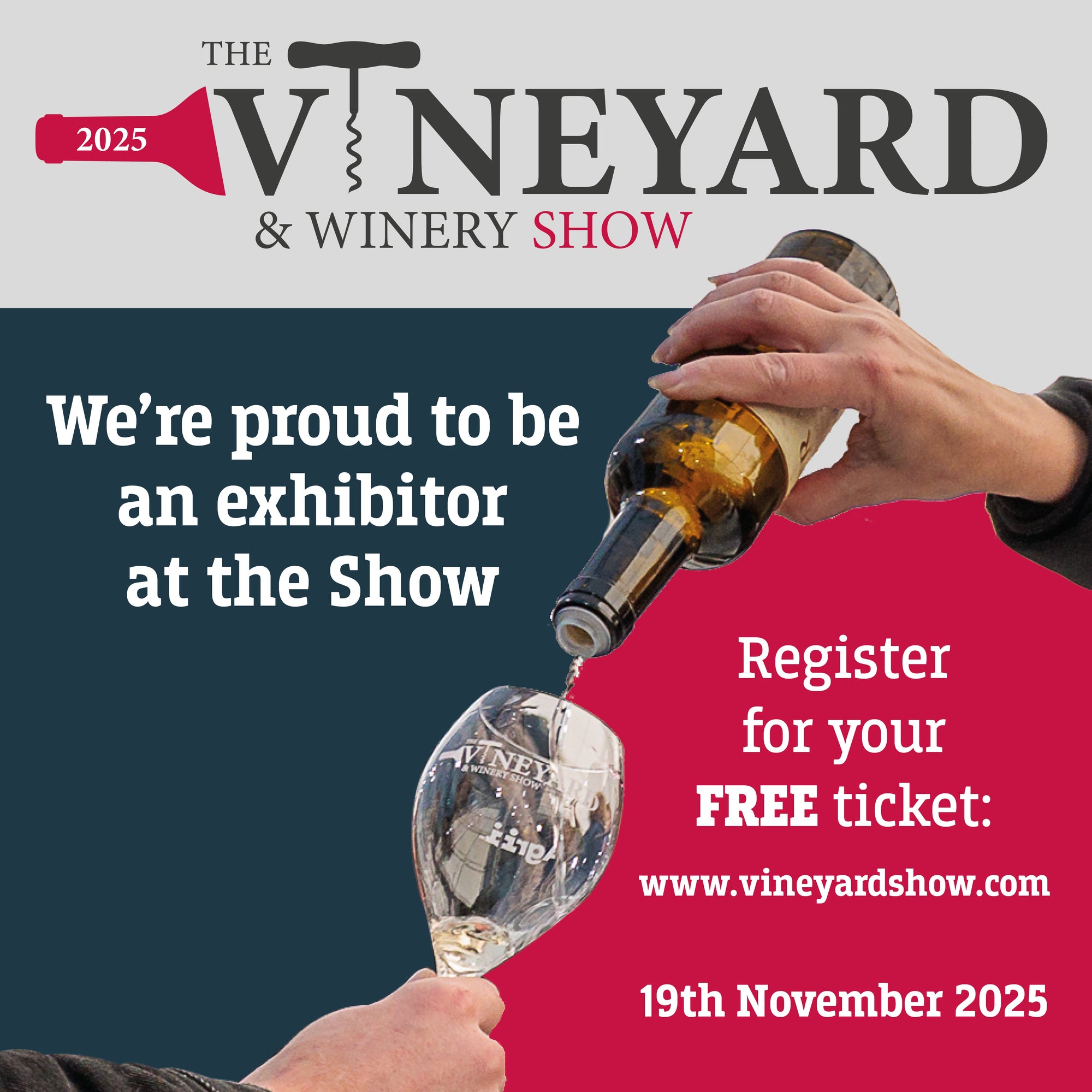Modern Slavery
All labour providers must comply with the Gangmasters & Labour Abuse Authority, (GLAA) rules and guidelines, ensuring their staff work in a safe environment. Today slavery is less about people literally owning other people – although this still exists – but more about people being exploited and completely controlled by someone else, without being able to leave.
There are estimated to be 40.3 million people in modern slavery around the world. Many people think slavery only happens overseas, in developing countries. Yet, no country is free from modern slavery, even the UK. The Government estimates that there are tens of thousands of people in modern slavery in the UK. It can affect people of any age, gender or race. However, most commonly, slavery affects people and communities who are vulnerable. One of the most prevalent models of modern slavery is a gang/ exploiter system. Most employers and labour providers do not recognise the signs of this third party labour exploitation within their business or know how to deal with it once it is uncovered.
Sometimes, employers and labour providers unintentionally allow recruitment or supervisory models to exist that permit such exploitation to flourish. All employees should be made aware, via information from Stronger Together or any other body, that there are people, (other than their employer or work colleagues) they can contact should they feel vulnerable.
Vineyard Owner’s Responsibilities
For vineyard owners using a labour provider, it is important to recognise your responsibilities and to adhere to the relevant health and safety laws. This includes providing the workers with sufficient toilet facilities, running drinking water and covered shelter for break times. The Workplace, (Health, Safety and Welfare) Regulations 1992 state under Regulation 20 that employers need to provide separate rooms containing toilets for men and women. Toilets used by women must also be provided with facilities for disposing of sanitary items. The distance from these facilities to the fields should be taken into consideration and where necessary, portable amenities should be hired. When deciding what level of facilities to provide, simply imagine yourself in the worker’s shoes and determine what you would feel comfortable with/expect from an employer.
Conclusion
Regarding locations, clients should provide detailed information, as a postcode may not take the driver anywhere near the required field. Notably for vineyards being newly planted and trellised, there are not normally obvious signposts or even a fixed site name. Therefore, any instructions guiding the workers to the correct entrance is highly appreciated!
To ensure our UK vineyards are established and managed to the highest quality using the most time and cost-efficient methods whilst creating an enthusiastic, satisfied viticultural workforce, it is important that free-flow of information is achieved. Vineyard owners should be clear about their goals and expectations and labour providers should help clients understand their responsibilities, giving guidance and recommendations as appropriate. Vineyard labour providers should create a welcoming, open environment for their workers and should endeavour to motivate their employees – especially when it comes to pruning in the English winter!




